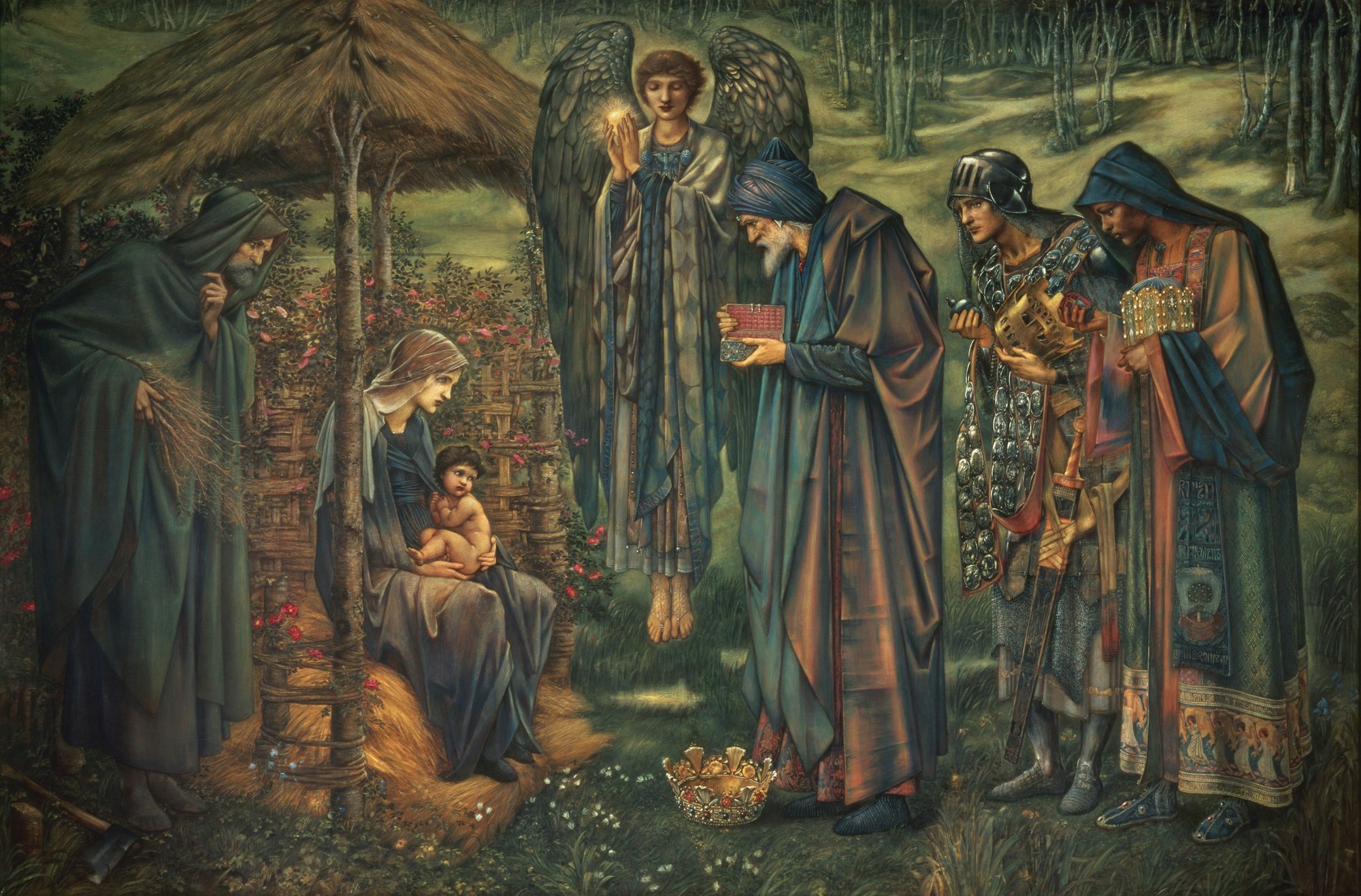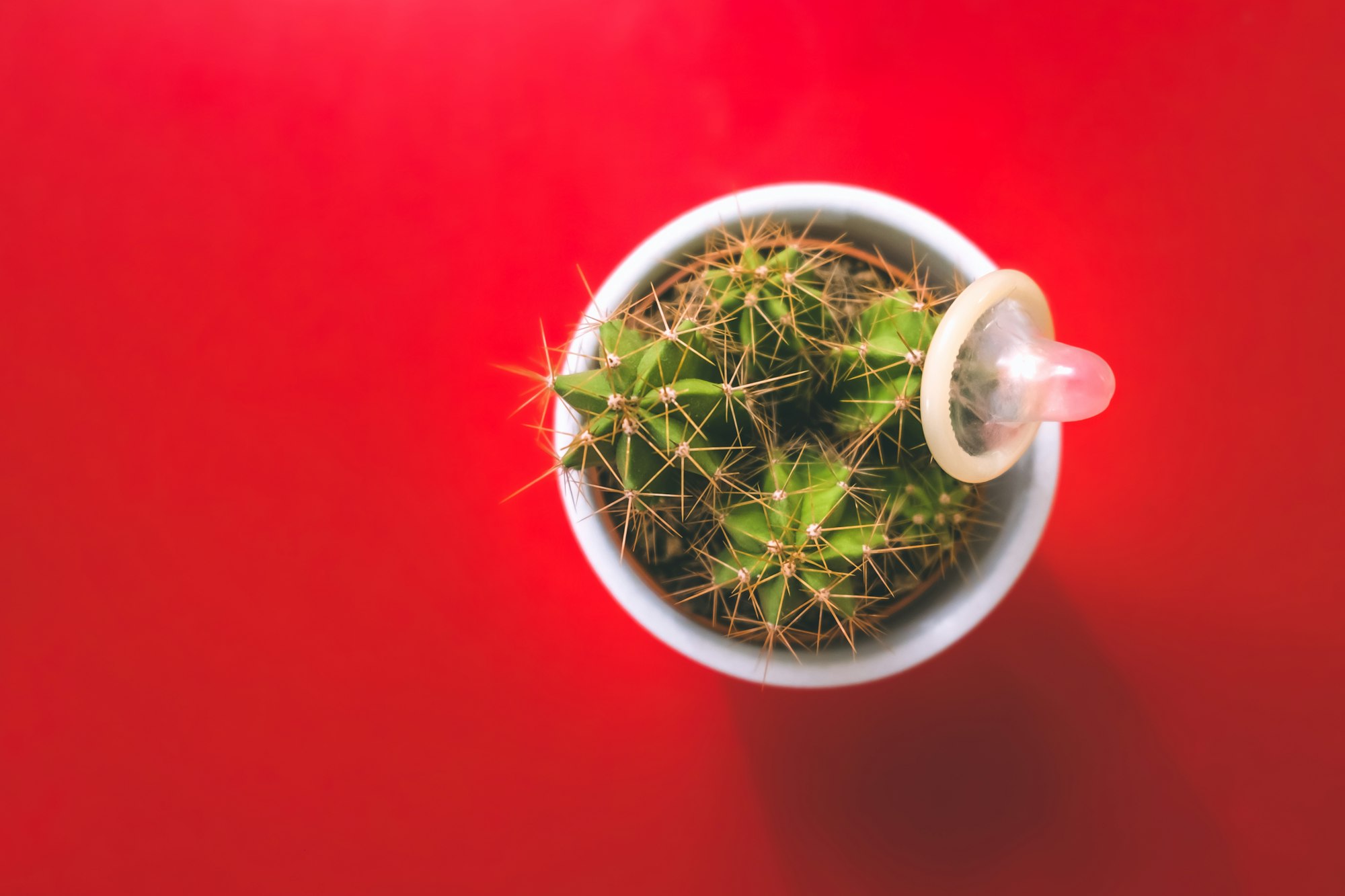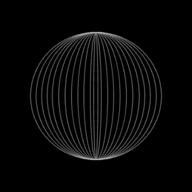Reproduction - The Human Edition

Reproduction is the story of how you, me and 7.8 billion humans were born on the earth!
Humans undergo sexual reproduction where the sperm from the father fuses with the egg cell from the mother. This results in an offspring being born.
Male Reproductive System 🍆
| Organ | Function |
|---|---|
| Sperm | The male reproductive gamete |
| Testes | Produce sperm and testosterone |
| Scrotum | A sac containing testes (outside body) |
| Sperm ducts | Carries semen from testes to the urethra |
| Prostrate gland | Produces semen; a liquid in which the sperm swim |
| Urethra | Used to pass semen and urine at different occaisons |
| Penis |
The male reproductive organ that is inserted into the vagina during sexual intercourse |
Female Reproductive System 🌺
| Organ | Function |
|---|---|
| Egg cell | The Female Gamete |
| Ovaries | Produce egg cells once in 4 weeks |
| Fallopian tubes (oviducts) |
Connects the ovaries to the uterus |
| Uterus | Has thick muscular walls that are occupied by the developing baby during pregnancy |
| Cervix |
- Narrow muscular opening at the end of the uterus which is guarded by muscles - Leads to the vagina |
| Vagina | Receives semen from the erect penis during sexual intercourse. |
A Comparison between male and Female Reproductive Gametes
| Sperm | Egg cell | |
|---|---|---|
| Size | Smaller than egg cells (~50μm) | ~30 times larger than sperms |
| Structure | Consists of: 1. Head 2. Tail (flagellum) 3. Acrosome (containing enzymes) |
Consists of a deep layer of jelly |
| Ability to move (Mobility) |
Can swim through the semen; extremely mobile | Can move, but less mobile than sperms |
| Number(s) produced |
Millions at a single ejaculation | One in 4 weeks, from puberty till menopause |
Adaptive features of Sperm 💦
| Adaptive Feature | Function |
|---|---|
| Flagellum | Generates swimming movements to get to the Egg Cell |
| Mitochondria | Releases energy needed to generate swimming movements in the Flagellum |
| Enzymes in the Acrosome | Helps dissolve the way through the Jelly surrounding the Egg Cell |
Adaptive features of Egg Cells 🥚
| Adaptive Feature | Function |
|---|---|
| Cytoplasm containing energy stores |
Provides energy to divide the Zygote post fertilisation |
| Layer of Jelly that changes during fertilisation |
Forms an impregnable barrier to prevent any more sperm cells from entering the Egg Cell |
Fertilisation and Development

Definition: Fertilisation is defined as the fusion of the nuclei from a male gamete (sperm) and a female gamete (egg cell/ovum)
- Once the sperms reach the egg cell, they begin to use enzymes in their vesicles to dissolve their way into the thick jelly layer. Only one sperm cell (in rare cases more than one) is able to do so.
- The head containing the nucleus enters the egg cell; its tail remains outside it. The egg cell and the sperm cell fuse together. This is known as fertilisation. A zygote (diploid cell) is formed.
The Formation of An Embryo
The zygote continues to move slowly towards the uterus. As it proceeds it divides by mitosis. Soon a ball of cells called the embryo forms.
Implantation
When the embryo reaches the uterus, it sinks into the uterus wall. This is known as Implantation.
The Formation of the Fetus and the Umbilical Cord
- After implantation, the embryo begins to develop. The embryo’s cells begin to take up different functions. Some become skin cells, some muscle cells, some blood cells and so on.
- 6 weeks post fertilisation is the time where the major organs begin to emerge. It begins to move when the muscles are developed when it is 8 weeks old.
- 11 weeks post fertilisation; the organs are in their correct positions. The embryo develops into the Fetus
- As this happens, an umbilical cord develops as well. The umbilical cord consists of 2 arteries and 1 vein. The arteries take blood from the Fetus into the placenta. The vein returns the blood to the Fetus.
- Psst. I know this is a lot of information to take in all at once. Just wanted to say that you're doing great (like seriously), and don't forget to reward yourself with a few breaks here and there to let all this information sink in 😊.
The Placenta
- As the embryo grows, a structure called the placenta also develops.
- It is soft and dark and has finger like projections called the villi
- The villi help connect the placenta to the uterus wall.
Functions of the Placenta
- The placenta is the embryo’s life support system.
- It is responsible in the exchange of substances between the embryo and the mother.
- It separates the mother’s and the fetus’s blood and brings them close enough so that nutrients can diffuse across two different concentration gradients.
- Oxygen and food materials diffuse across the placenta into the fetal blood.
- Carbon dioxide and waste materials diffuse the other way, into the mother’s blood
- It acts as a barrier to prevent the passage of some Toxins and Pathogens; Toxins such as Nicotine, and Pathogens such as Rubella can pass through the placenta and can affect the growth of the fetus.
Ante-natal care
Ante-natal (before birth) care is a routine care for the healthy pregnant woman.
Dietary Needs
The mother needs to take care of her diet as everything she will eat will diffuse across the placenta to her baby.
Some of the nutrients that are necessary for the mother and her baby are:
| Nutrient | Function |
|---|---|
| Amino acids | Healthy growth and development of fetus |
| Carbohydrates | To give the mother energy for day-to-day activities |
| Calcium | Development of fetus’s bones |
| Iron | To make Haemoglobin |
Exercise🚶♀️
- Gentle exercise (swimming or walking)
- Special exercises (that will prepare the mother when giving birth to the baby)
Substances to Avoid 💨
| Substance/ Disease | Effect(s) |
|---|---|
| Smoking (nicotine and carbon monoxide) |
Restricts growth of baby |
| Alcohol consumption | May be risky to the baby’s life |
| Illnesses (such as Rubella) | - Produces rash and fever - Baby may be born deaf |
| Drugs | May be risky to the baby’s life |
Birth 👶
The process of Being Born- described in scientific terms below:
- First, the Amniotic Sac breaks.
- This is followed by the contraction of the muscles in the uterus wall, which dilates (stretches out) the opening of the cervix.
- Next, the baby passes through the vagina.
- After which the Umbilical Cord is tied and cut.
- And finally, the afterbirth is delivered
Note: The Afterbirth is the breaking of the placenta from the Uterus walls, which is then taken out after the baby has come out.
Breast Feeding Vs Bottle Feeding using Formula Milk
| Advantages | Disadvantages | |
|---|---|---|
| Breast Feeding | 1. Sterile 2. Free of cost 3. Improves bond between mother and baby 4. Perfect composition of nutrients needed for the baby 5. Composition of nutrients naturally changes according to baby’s growth 6. Contains antibodies 7. Gives the baby passive immunity |
1. The father is unable to bond and spend time with the baby 2. Sometimes the mother is unable to produce sufficient breast milk 3. It can be difficult for mothers to breast feed babies in certain situations 4. Keeps the mother preoccupied |
| Bottle Feeding (Formula Milk) |
1. Helps father to bond with baby 2. Gives mother time to relax and do other jobs |
1. Expensive 2. Needs extra effort to maintain sterility 3. Probability of getting infected is high 4. Does not give the baby passive immunity |
Puberty 👨

The point in a person’s life where sexual maturity is reached is defined as puberty or adolescence. Puberty prepares a boy or a girl for adulthood and reproduction.
When a person reaches puberty:
- Sperm production begins in a boy
- Ovulation begins in a girl
Along with these, the secondary sexual characteristics develop as well during this time. These all are caused by certain sex hormones.
| Sex Hormone | Function | |
|---|---|---|
| Adolescent Males | Testosterone | - Development of secondary sexual characteristics |
| Adolescent Females | Oestrogen | - Development of secondary sexual characteristics - Making the uterus lining thick and spongy during menstruation |
Secondary Sexual Characteristics
| Secondary sexual characteristics in Males | Secondary sexual characteristics in Females |
|---|---|
| Voice breaks (Becomes deeper) 🗣 | Breasts Develop 🍈 |
| Penis begins to grow 🍆 | Vagina becomes larger and wider 🌸 |
| Facial hair, pubic hair, hair in armpits emerge | Hairs emerge in armpits and in pubic areas |
| Body becomes more muscular 💪 | The pelvis (hip) widens 🦵 |
| Testes begin sperm production 🍒 | Menstruation begins 🩸 |
The Menstrual Cycle 🩸

When a girl reaches puberty (adolescence), she begins menstruating. As explained before, this is the indication that the girl is physically ready for reproduction.
By definition, Menstruation is the loss of the uterus lining through the vagina.
The menstrual cycle in women is a continuous process in which the lining of the uterus thickens and gets prepared for pregnancy; the woman does not get pregnant, the lining is shed at menstruation.
In most women, the cycle lasts about 28 days. During this time, the woman (or teenage girl) experience mood fluctuations due to the hormonal changes in the body.
Hormones in the Menstrual cycle
| Hormone Site of secretion | Function | |
|---|---|---|
| Follicle Stimulating Hormone (FSH) |
Pituitary Gland | Stimulates the developing follicle to keep secreting Oestrogen |
| Luteinising Hormone (LH) |
Pituitary Gland | |
| Oestrogen | Developing Follicle | Makes the uterus lining grow thick and spongy |
| Progesterone | Corpus Luteum | Keeps the uterus lining thick, spongy and well supplied with blood |
Common Misconception: Oestrogen makes the uterus wall develop into a thick and spongy layer; Progesterone maintains the lining.
Steps in the Menstrual Cycle
| Ovary | Pituitary Gland (In the Brain) |
|---|---|
| 1. A follicle develops 2. Secretes Oestrogen 3. Oestrogen concentrations in the blood increase ⏫ 4. Lining of the uterus grows thick and spongy |
1. Secretes LH, FSH 2. Stimulates follicle to secrete Oestrogen. |
| When the follicle is fully developed, there is a surge in the levels of: - LH at a greater extent ⏫ - FSH at a smaller extent 🔼 |
|
| Ovulation occurs and the follicle releases the egg cell | |
| - Empty follicle stops secreting oestrogen - It is now called as a Corpus Luteum |
Levels of LH and FSH fall in the blood ⤵️ |
| If the Egg cell is fertilised 🐣 | If the Egg cell is not fertilised 🩸 |
|---|---|
| 1. Corpus Luteum doesn’t degenerate quickly | 1. Corpus Luteum gradually disappears |
| 2. Secretes progesterone until the embryo sinks into uterus wall and a placenta develops |
2. No more progesterone is secreted |
| 3. Placenta secretes progesterone throughout the pregnancy |
3. Uterus lining breaks down |
| 4. Keeps the uterus lining thick and spongy so that menstruation does not occur during pregnancy |
4. A new follicle develops |
Birth Control
Birth control is important in order to keep families small and limit the increase of the human population exponentially.
There are many birth control methods practiced by people worldwide. These birth control methods usually come into 4 categories: Natural, Chemical, Barrier, and Surgical.
1. Natural Methods
| How they work | Abstinence | Woman avoids sexual intercourse completely 🙅♀️ |
| Other Methods | - Woman keeps track of her body temperature (that rises at ovulation) and doesn’t have sex during this period 🌡 |
|
| - Woman checks if the mucus produced in her vagina has become slippery or not |
||
| Advantages | Useful for couples who don’t want to use other measures of birth control for religious or other reasons 🛐 |
|
| Disadvantages | It is never possible to be 100% certain about ovulation period | |
2. Chemical Methods
| How they Work | Spermicides | - Spermicides can be used to kill sperm that enter the vagina 💀 - They can be effectively used in combination with another method: a diaphragm |
| Contraceptive Pills 💊 | - Contraceptive pills containing sex hormones can be taken by the woman; this stops the production of egg cells in the ovaries |
|
| IUD (Intra-Uterine-Device) | - An IUS releases hormones that prevent implantation and development of any fertilised egg cell. - Sometimes contains Copper (Cu). - A similar device called as an IUS can be used. |
|
| Advantages | - A very effective method only when contraceptive pills are taken at the right time. - The IUS and IUD lasts till 10 years 🕰. |
|
| Disadvantages | - It is important to have regular checks by a doctor 👩⚕️ as some women do experience side effects of contraceptive pills. - Contraceptive pills play a vicious part in river pollution and cause some male fish to change gender. |
|
3. Barrier Methods
| How they Work | Condom ☔️ | - A condom is a piece of rubber sheath - A condom is placed upon the erect penis and acts as a barrier between the sperm and the vagina. |
| Femidom | - A Femidom is a female version of a condom and is used similarly |
|
| Diaphragm (or cap) 🧢 | - A diaphragm is a circular and slightly domed piece of rubber- Inserted into the vagina on the top of the cervix - Diaphragms are often used with spermicide for the best results |
|
| Advantages | - Condom is a very safe method of contraception only if it is used correctly. - Condom helps in the prevention of HIV and gonorrhoea 🦠 - Diaphragm is also a very safe and reliable method IF used with spermicide |
|
| Disadvantages | - Care must be taken when using a condom or a femidom; no sperm should escape through it. 💦 |
|
4. Surgical Methods
| How it works | Vasectomy | The sperm ducts are cut and tied, thus preventing the passage of any sperms produced. |
| Female Sterilisation | The oviducts are cut or tied, stopping egg cells from travelling down the oviduct. |
|
| Advantages | - Extremely reliable and sure method of contraception. 💯 - Have no side effects.🌞 |
|
| Disadvantages | - The tubes cannot be often opened. 🔒 - Not suitable for young couples who may wish to have children later. |
|
Sexually Transmitted Infections (STI)

An infection that is transmitted through body fluids via sexual contact is called as a sexually transmitted infection (STI). Till date, the most treacherous STI has been the Human Immunodeficiency Virus (HIV)
HIV and the Immune System
HIV reproduces by infecting a particular type of lymphocytes called the T-cells. Slowly and steadily, it destroys the person’s T-cells and hence, the person’s immune system becomes more vulnerable to diseases in the environment.
The person may develop cancer as well because one function of the immune system is to destroy cancerous tumours. They may also develop AIDS (Acquired Immune Deficiency Syndrome) within 10 years if proper treatment is not given.
There is no cure for AIDS. Research is being conducted worldwide to produce a vaccine that can kill the virus without infecting body cells...
...But still there is a ray of hope- HIV cannot be cured; it can be prevented.
HIV transmission methods
- Unprotected sexual intercourse with infected people
- Drug usage involving sharing needle used by infected people
- Transfusion of infected blood
- Infected mother to baby through placenta
- Feeding a baby with breast milk from an infected mother
- Unsterilised surgical instruments
Preventing HIV
- Never have more than one sexual partner
- Use condoms
- Never have unprotected sexual intercourse
- Always sterilise needles before injecting drugs into your blood
- Screen blood for HIV when donating blood
- Always wear protective clothing when dealing with road accidents, if you are a policeman or a paramedic (I’m almost sure you aren’t!)
This is the end of this guide. Hope you enjoyed it! Thanks for using www.igcsepro.org! We hope you will give us a chance to serve you again! Thank you!
Next Topic:


